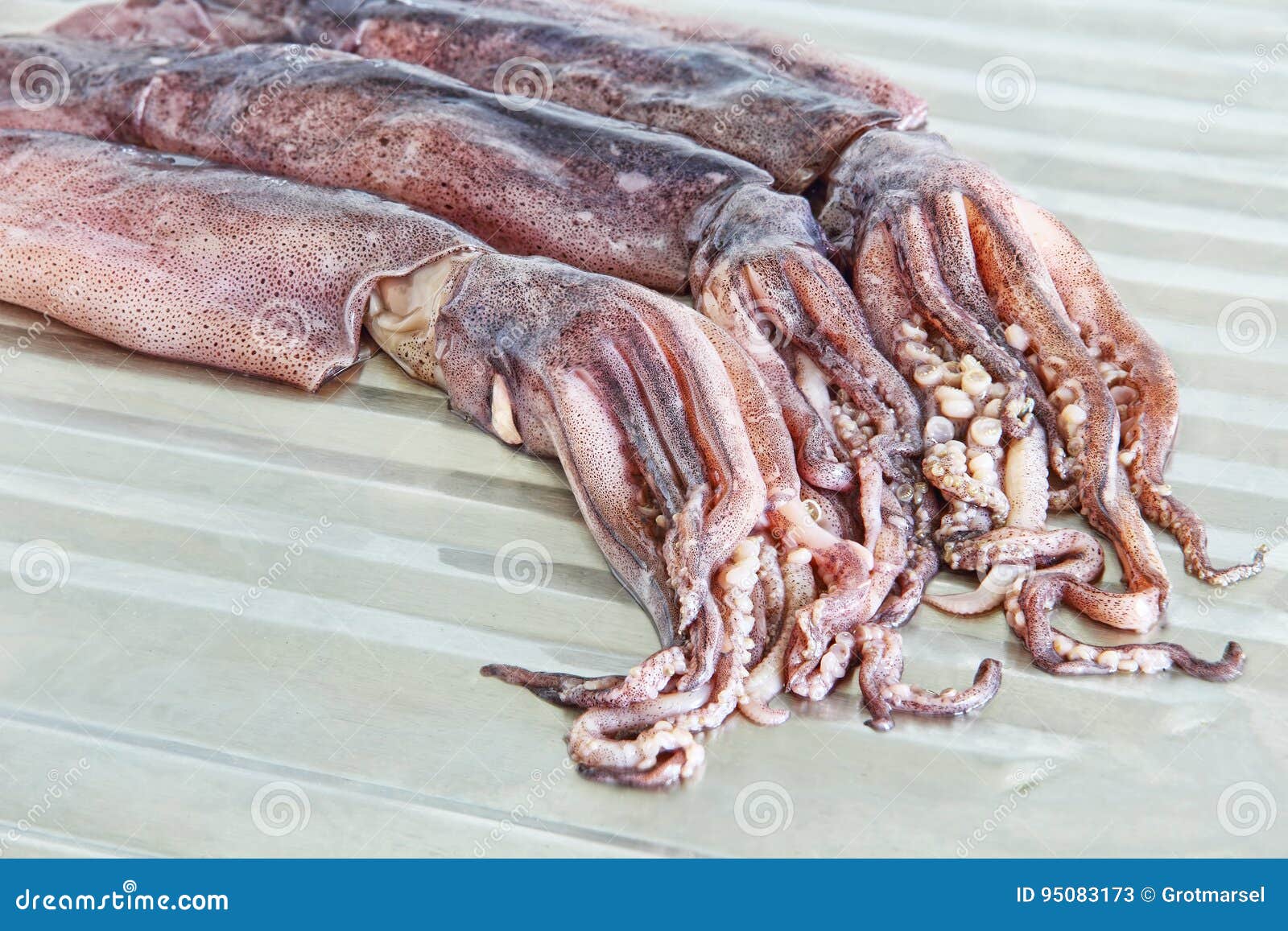


As a rule, answers should be succinct enough to fit on one note.Īfter a discussion, the group then moves back into question mode, generating questions based on the last round of answers. They may answer more than one question, and they may answer one question with multiple answers. They share them with the group by posting these notes adjacent to the relevant question and connect them with a line. Answer mode: Similar to question mode, participants write their “best answers” on color-coded sticky notes.The questions should immediately offer a few different routes of inquiry, and participants will likely start offering thoughts on answers. They capture this on a color-coded sticky note, and share it with the group by posting it adjacent to the center of the SQUID.
GROUP OF SQUIDS HOW TO

Start to build the diagram by writing the group’s core topic on a sticky note. Participants are given two colors of sticky notes to work with, one for questions and one for answers.Ģ. Reserve a large area of a whiteboard or several flip charts to create the SQUID. It is flexible and will move and grow with the discussion, but it also needs to “breathe” by moving between its critical modes of questions and answers.ġ. It is created progressively over the course of a meeting with sticky notes, capturing questions and answers as the group moves through the space. SQUID stands for Sequential Question and Insight Diagram. What have we covered, and what did we leave behind? By using SQUID, a group charts out the territory as they go and can navigate accordingly. When exploring an information space, it’s important for a group to know where they are at any given time.


 0 kommentar(er)
0 kommentar(er)
